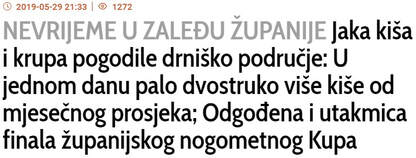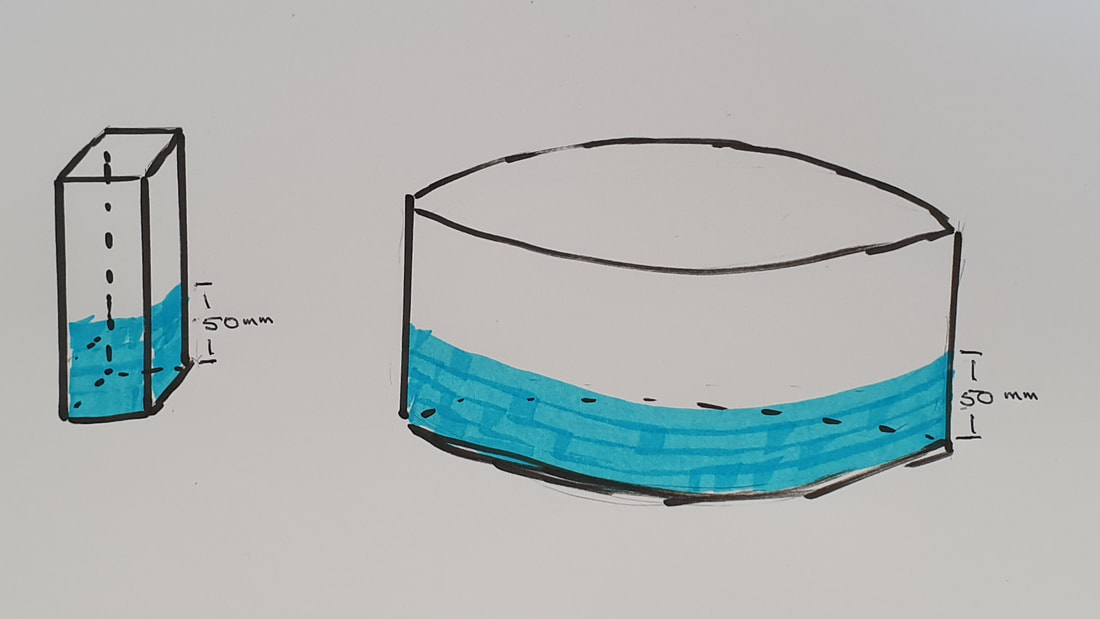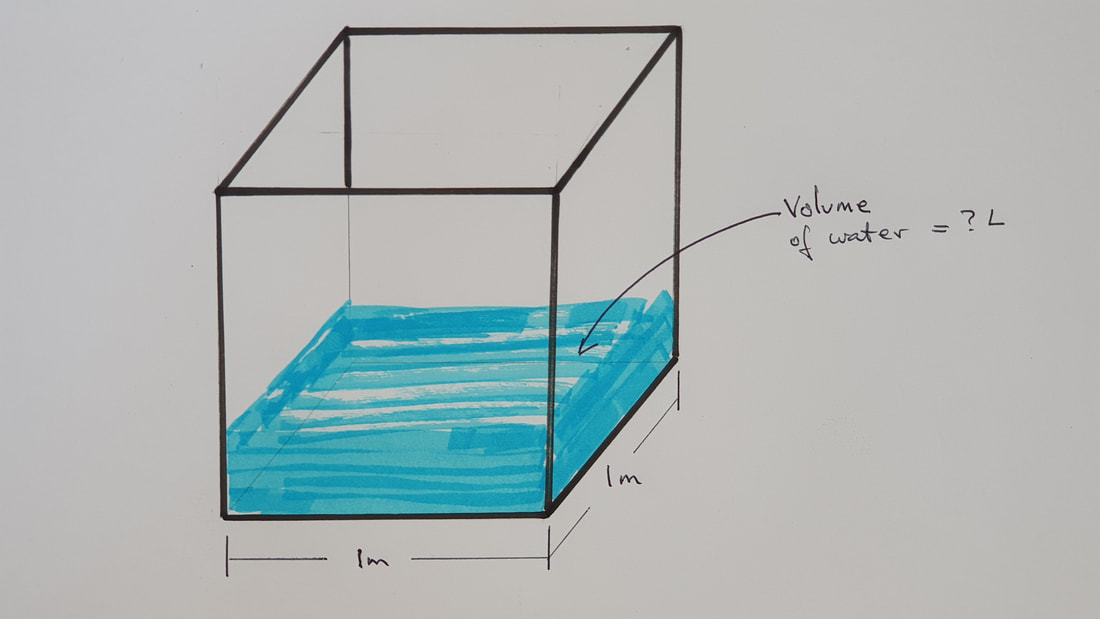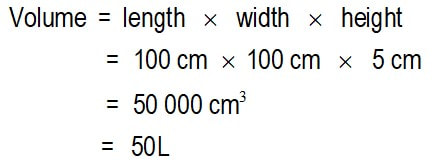Miscellaneous items #020Koliko kiše smo imali?
How much rain did we have?
How much rain is 50 litres per square metre (50 L/sq m)?
The posts on this site are not just about learning Croatian. Sometimes we might delve into culture, or botany or astronomy, or history, or philosophy, or chemistry, or sport, or even meteorology ….
On 25 May 2019, the newspaper Slobodna Dalmacija published an interesting article, in relation to Šibensko-Kninska županija (Šibenik-Knin county), with the following headline:
Roughly translated ... "Severe weather in the county hinterland. Strong rain and hail hits the Drniš region. In one day, twice as much rain fell as the monthly average. Postponed final match of the county football cup also."
Wow! In late May!? And some details from the article: “…….. u Drnišu je do 17 sati palo ekstremnih 185 litara kiše po kvadratnom metru. ……… Prema službenim podacima DHMZ-a, u Drnišu u svibnju prosječno padne 77,8 litara kiše po kvadratnom metru ….” "........ In Drniš up until 5 pm an extraordinary 185 litres of rain fell per square metre. .... According to official data of the DHMZ, the average May rainfall in Drniš is 77.8 litres per square metre." [DHMZ is Državni Hidrometeorološki Zavod: the State Hydrometerological Institute]
Obviously, they had a lot of rain that day in Drniš! But how much? I have no sense of how much rain is 185 litres per square metre.
What are these units of measurement litres per square metre? Is this the way that rainfall is measured right across Europe, or is this peculiar to Croatia? In Australia, the unit of measurement of rainfall is millimetres (mm). For example, "Yesterday Perth received 50 mm of rain". Hmmm, what does that mean? How does a measurement in one of these systems compare with a measurement in the other? I have no feel for how much rain fell that day in Drniš - 185 L/square metre. If the same amount of rain fell in Perth, what reading would be reported (in mm), I wonder?
You may want to stop reading now! What follows is mathematics, and has no relationship to learning Croatian. But then again you might find it useful when you come to Croatia ...
Thinking aloud .......... I need to visualize what measurements in these two systems mean.
Let’s start with the Australian way. What is meant by a rainfall reading of 50 mm? Well, if we put any vertical-sided container (like a rain gauge) on the ground – no matter what area or shape is the bottom of the container - the rain collected in it would come up to a height of 50 mm.
Both containers (or any other container with vertical sides) fill with water up to a level of 50 mm.
And in the Croatian system, if we had a vertical-sided container, and the area of the bottom is 1 square metre, the reported rainfall is the volume of rain collected in that container.
If the volume of water is 50 L, the rainfall reading is reported as 50 L per square metre (50 litara po kvadratnom metru). It is a measure of the volume of rain that falls on each square metre of ground.
Cometh the reconciliation ……. [It’s not too late to turn back!]
Suppose that the vessel with a base of 1 m x 1 m received enough rain to fill with water up to a level of 50 mm. In the Oz system, we would say that we have had 50 mm rainfall. And the reading in the Croatian system of units? What is the volume of water collected? Converting all measurements into centimetres, and knowing that 1 L = 1000 cubic centimetres ….
Wow! 50 mm rainfall is the same as 50 litara po kvadratnom metru!!!!!!!!
So I don’t have to do conversions between units at all. Bewdy!
Quiz 1: The rainfall yesterday in Split was reported to be 103 litra po kvadratnom metru. What was the rainfall expressed in units of mm?
A. 301 mm B. Lots C. 103 mm D. Who cares? Only Aussies would use such a system of measurement E. Infinity F. Zero
Quiz 2: What is a kišomjer?
I should change the name of this blog to Aha! Meteorolgy and mathematics.
Postscripts:
I have been a little loose in my language in this post by referring to “rainfall”, when it should be “precipitation” (oborina) – the total of rain, snow, hail, dew and frost (kiša, snijeg, tuča, rosa i mraz). This is because in Perth, esentially the only precipitation that happens is rain. What colour is snow? Is it solid, liquid or gas? It seems that in Croatia “hail” can be referred to as grad, krupa or tuča. I suppose each of them predominantly in different regions?
Getting around
You can browse or search this website in the following ways:
AHA! Learning Croatian with Bob
Correspondence: [email protected]
0 Comments
Leave a Reply. |



